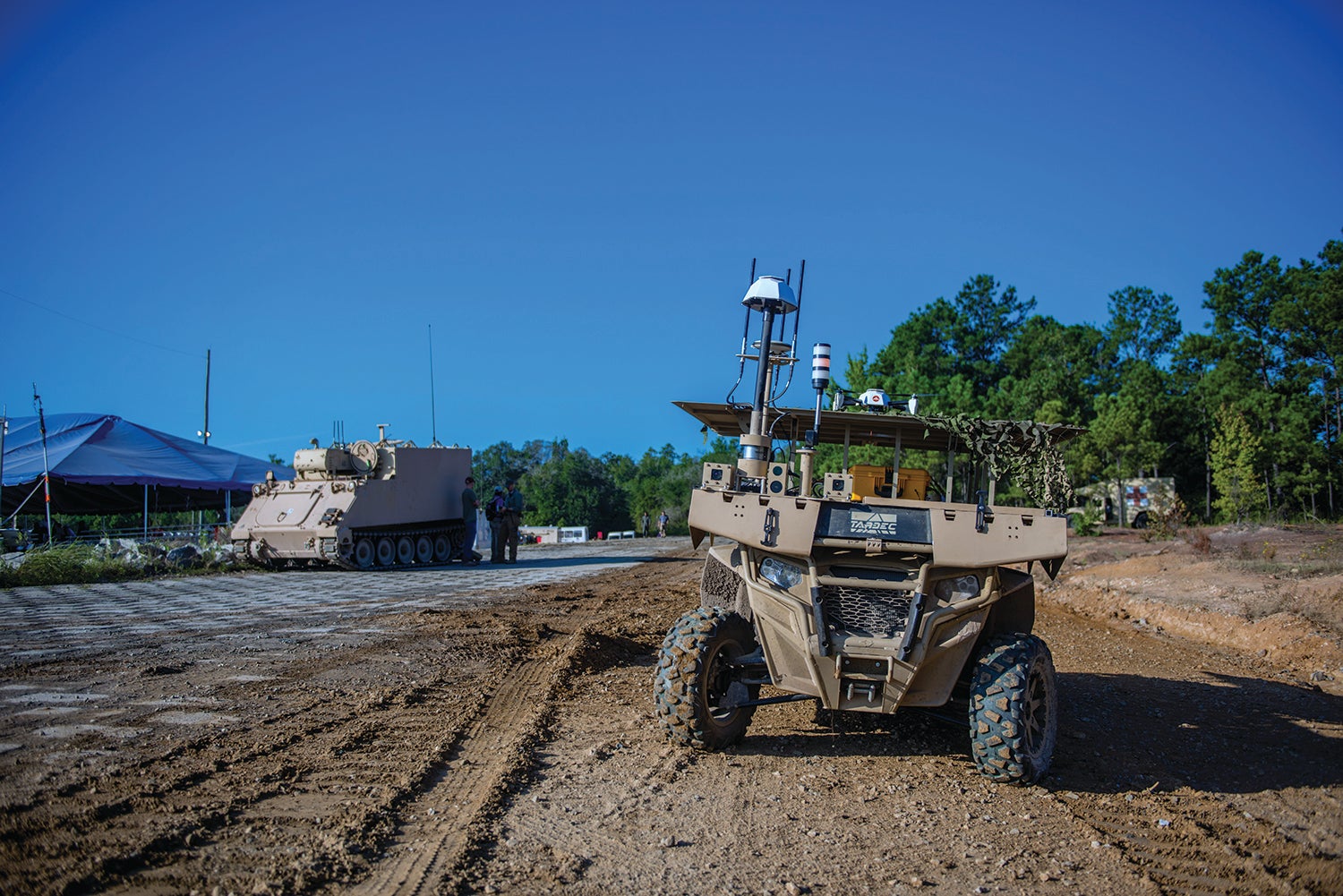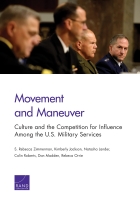While China has made immense investments in science and technology, and while these are producing results, it is still dependent on Western technology. This is particularly true for semiconductors. China’s dependence on foreign semiconductors has worried Beijing for decades. China suspects that Western semiconductors contain “backdoors,” intentional vulnerabilities that can be exploited for intelligence and military purposes. In 2016, President Xi Jinping said, “the fact that core technology is controlled by others is our greatest hidden danger.” Vice Premier Ma Kai said at the 2018 National People’s Congress, “We cannot be reliant on foreign chips.”1 China intends to end this dependence, but despite 40 years of investment and espionage, it is unable to make advanced semiconductors. Along the way, there have been embarrassing frauds and expensive failures.
Mistaken Expectations
Since 1979, China has used hefty state investments in infrastructure, education, and research, along with technology acquisitions and supportive business policies, to produce incredible economic growth. Western companies were happy to take advantage of the Chinese market and for many it became essential. Expectations that concessions made to China would be only temporary, needed only until it became a market economy, were a serious miscalculation. No one objects to China’s growth and modernization. The problem lies with the means the Chinese government uses to achieve this, including espionage, intellectual property (IP) theft, coercive joint venture requirements, trade barriers, and aggressive mercantilist policies.
China Is a Net Tech Importer

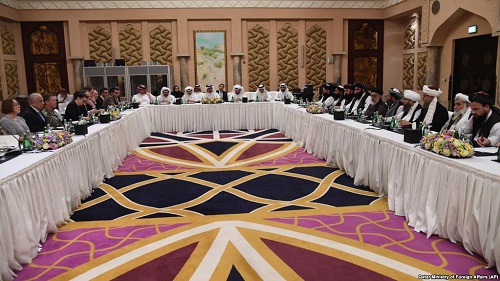
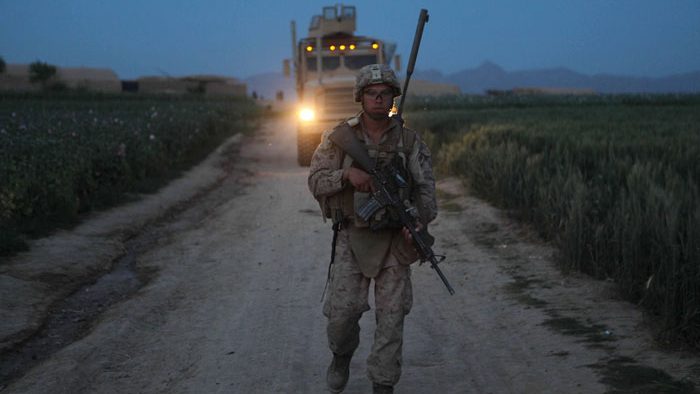
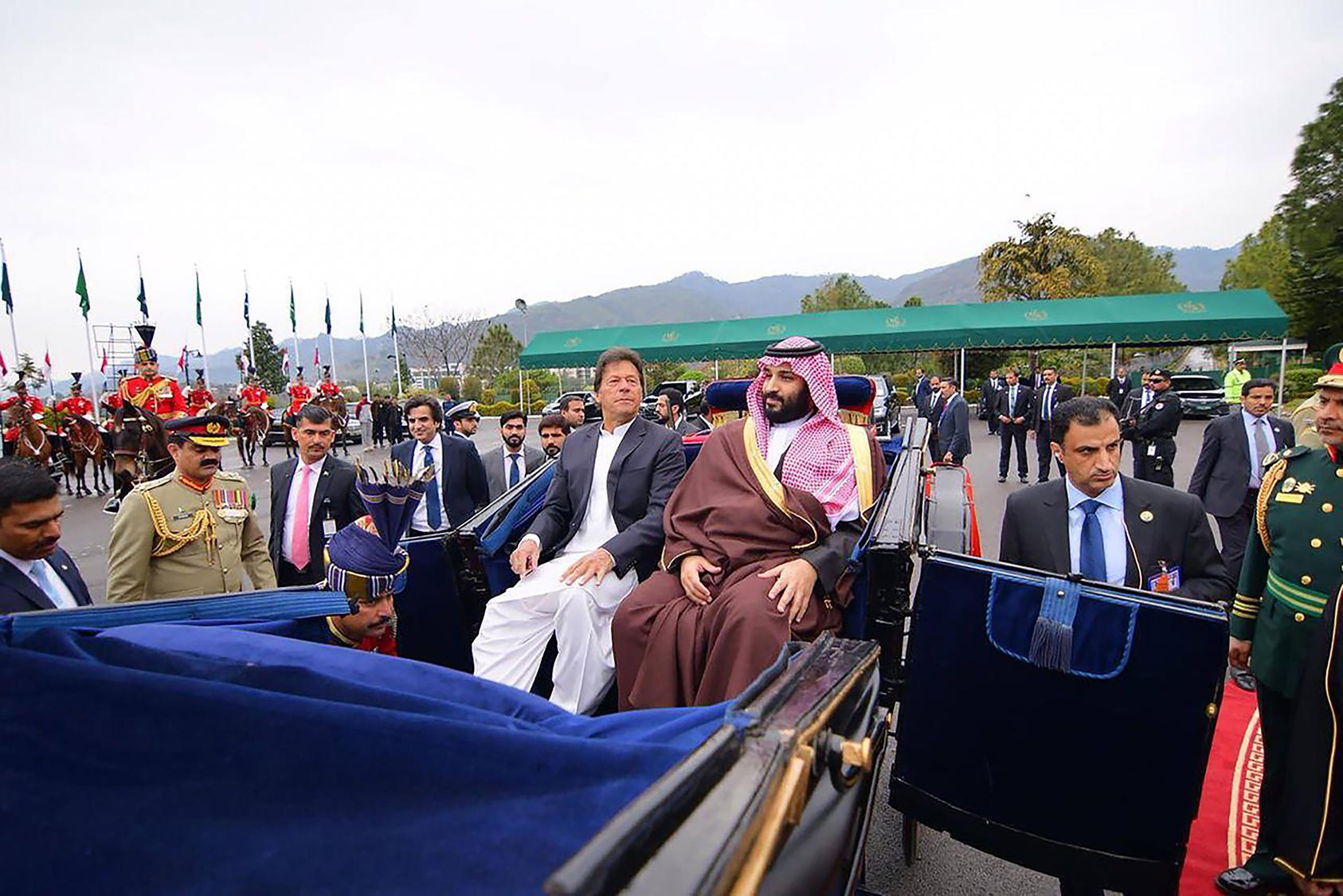



/arc-anglerfish-arc2-prod-mco.s3.amazonaws.com/public/YR2QEQTBDFD2TB6SCPJSSHUH7A.jpg)



